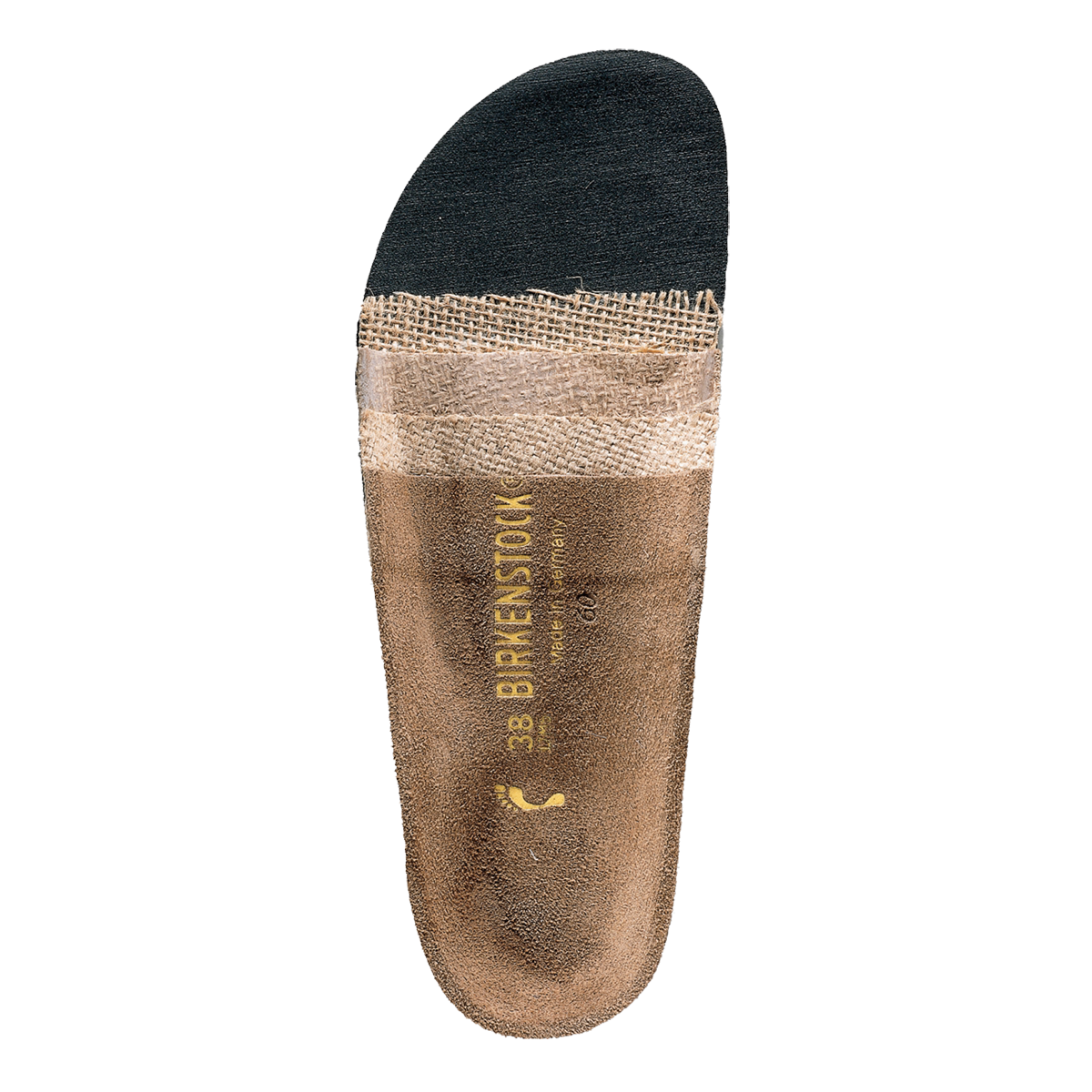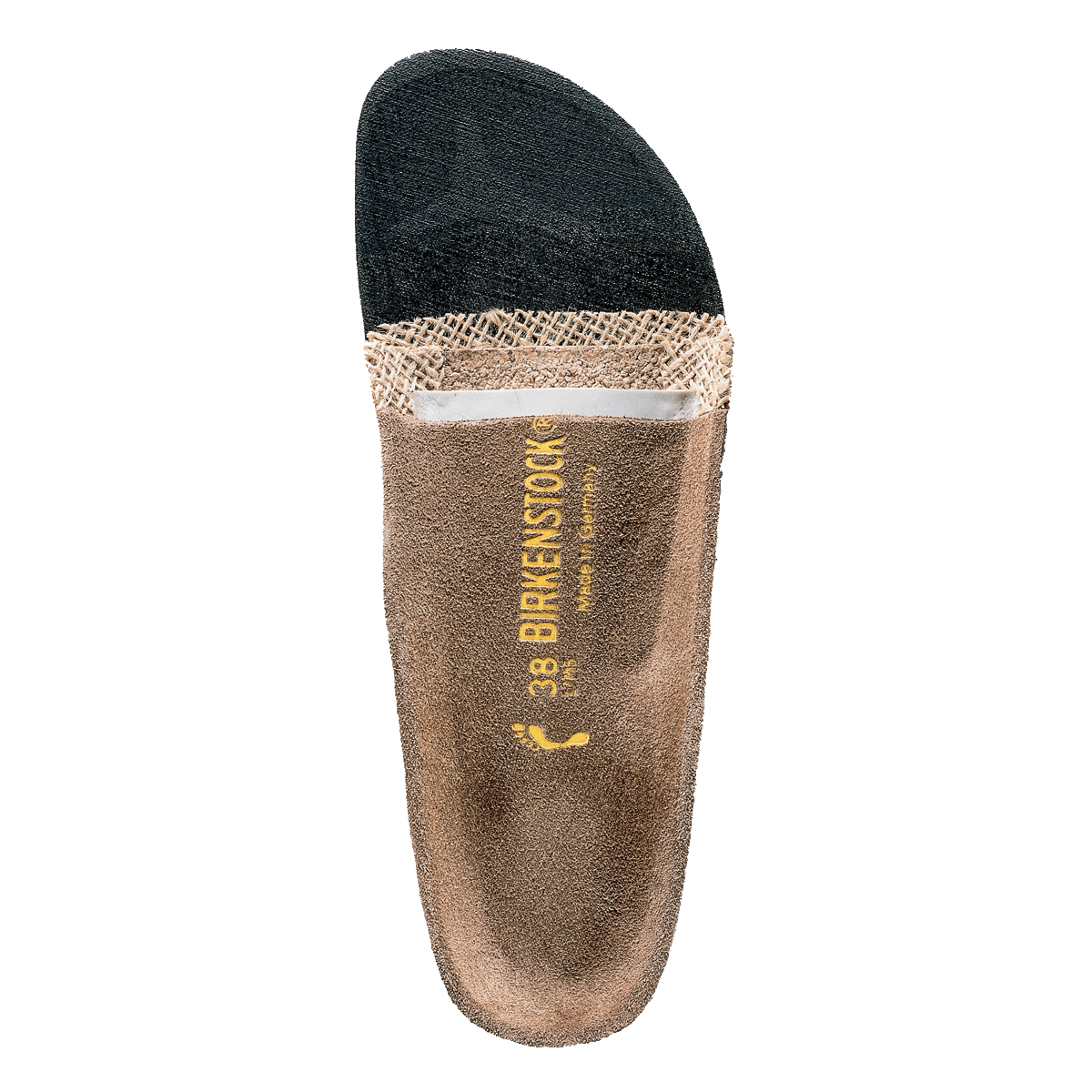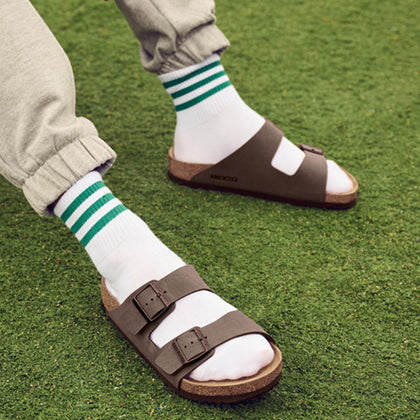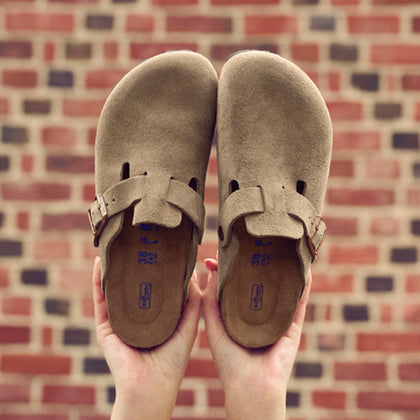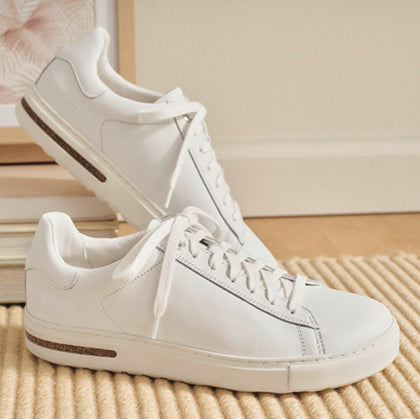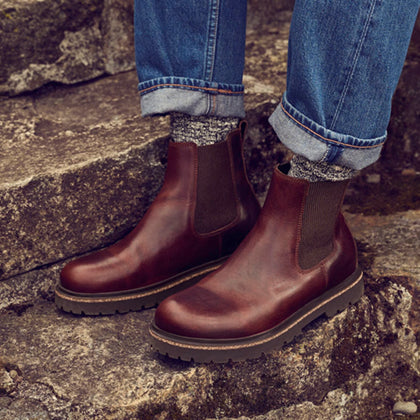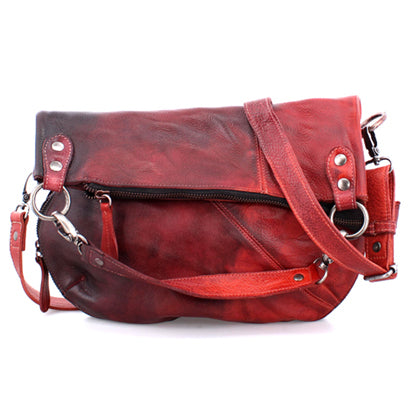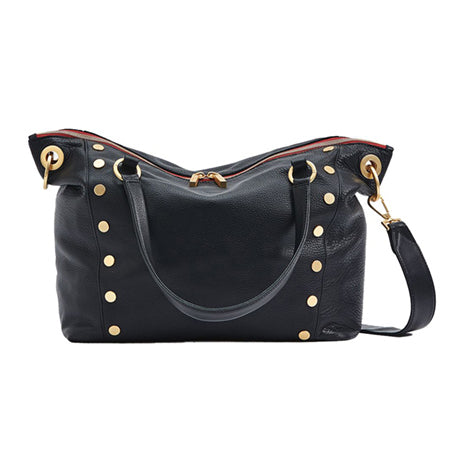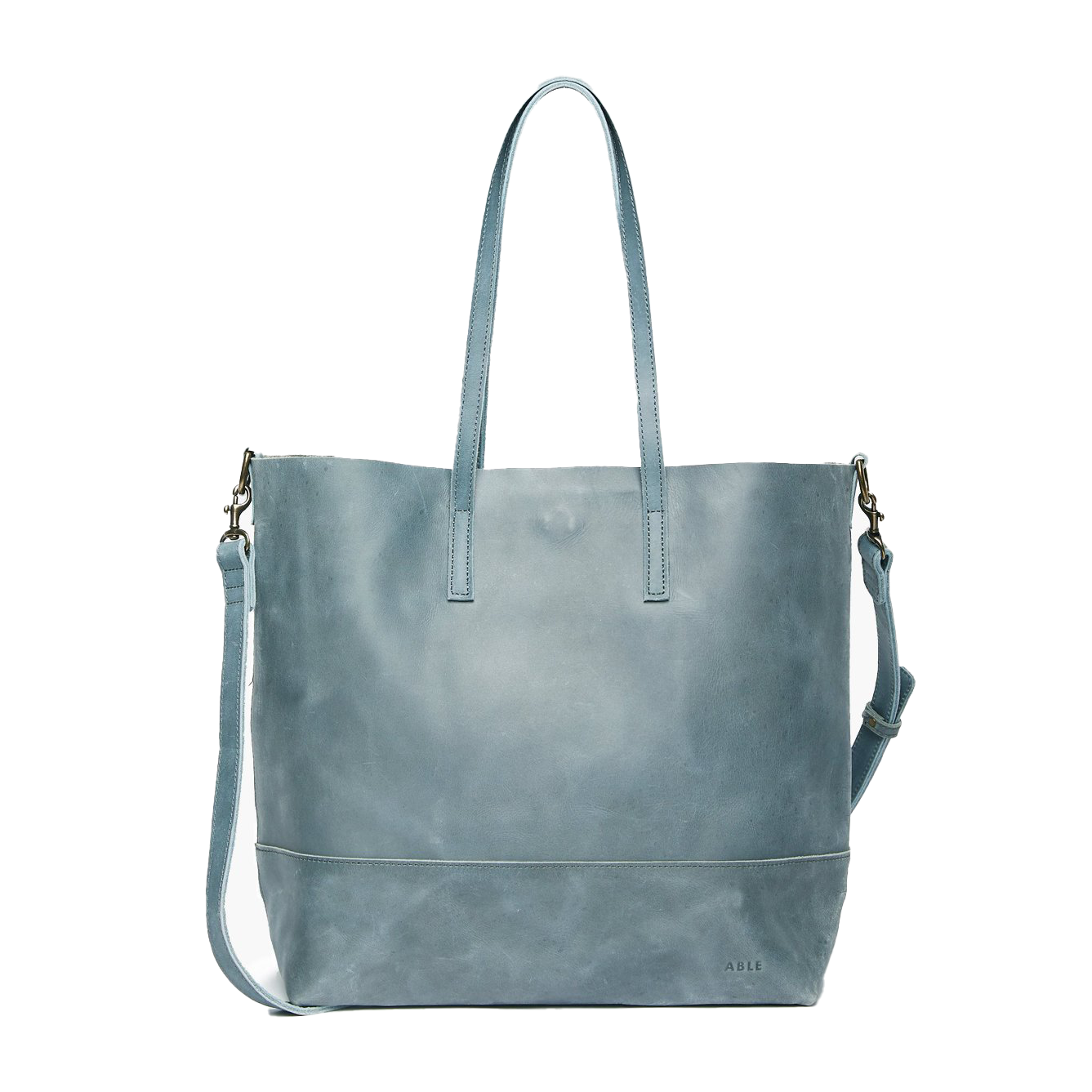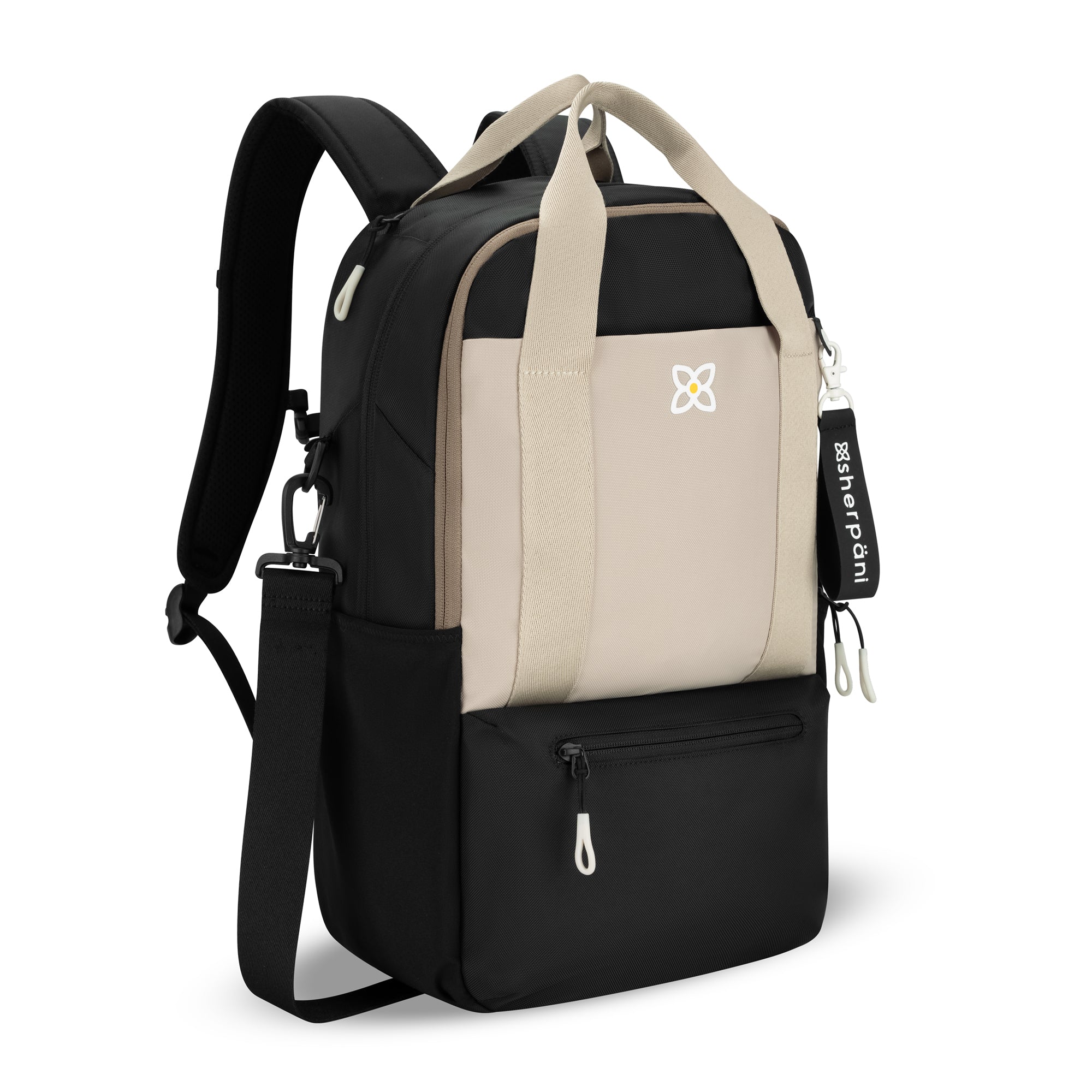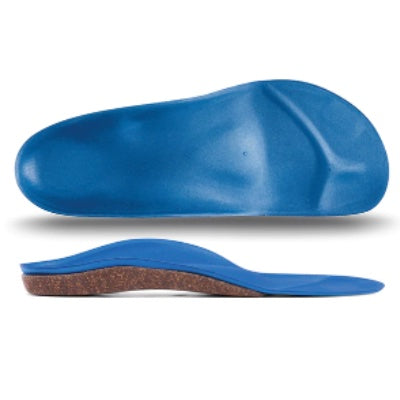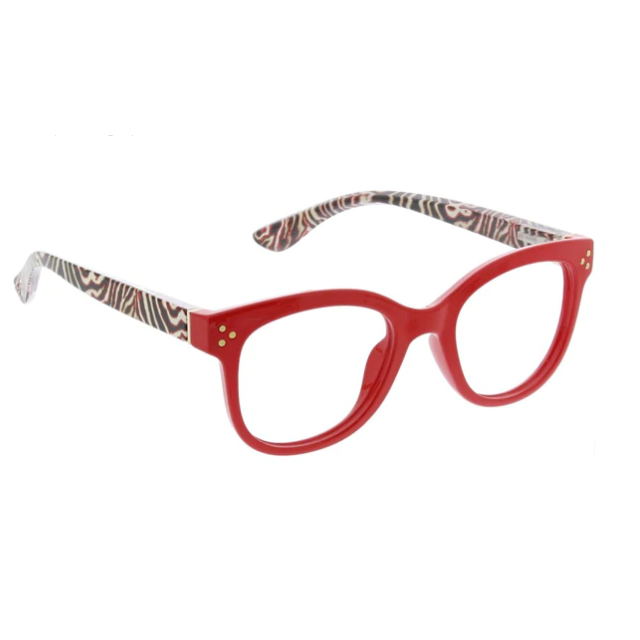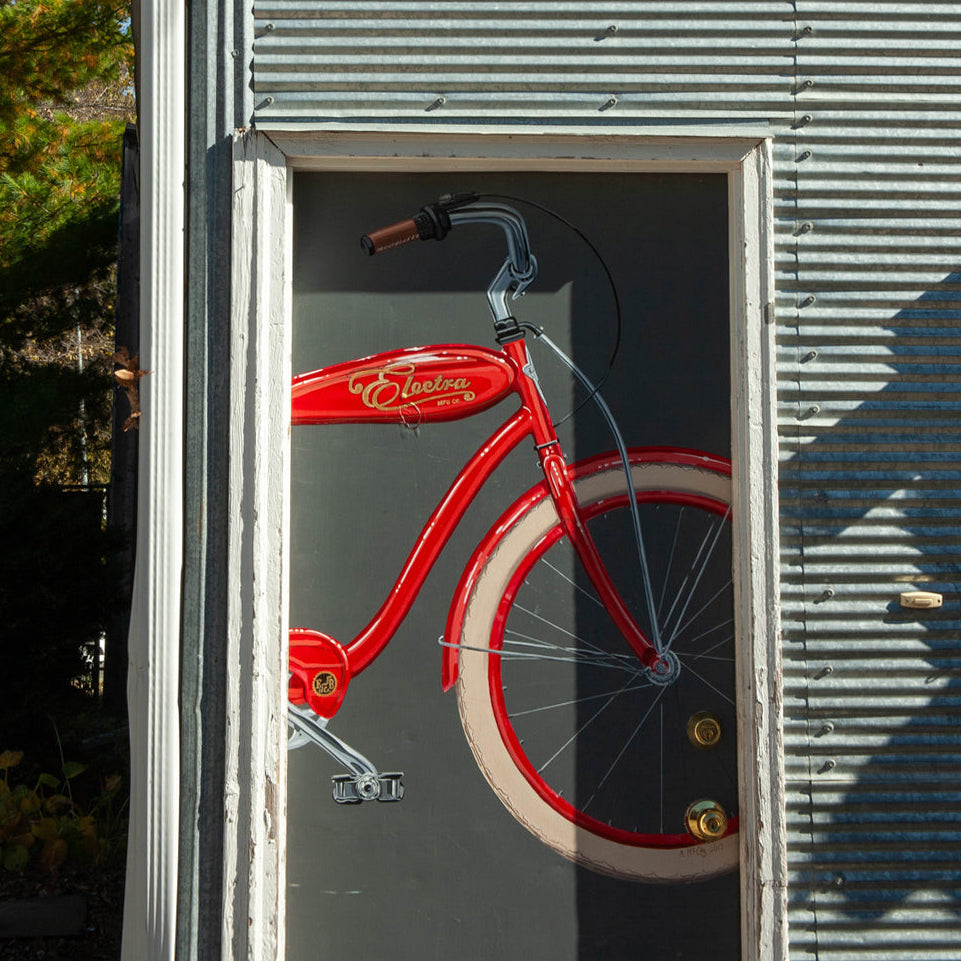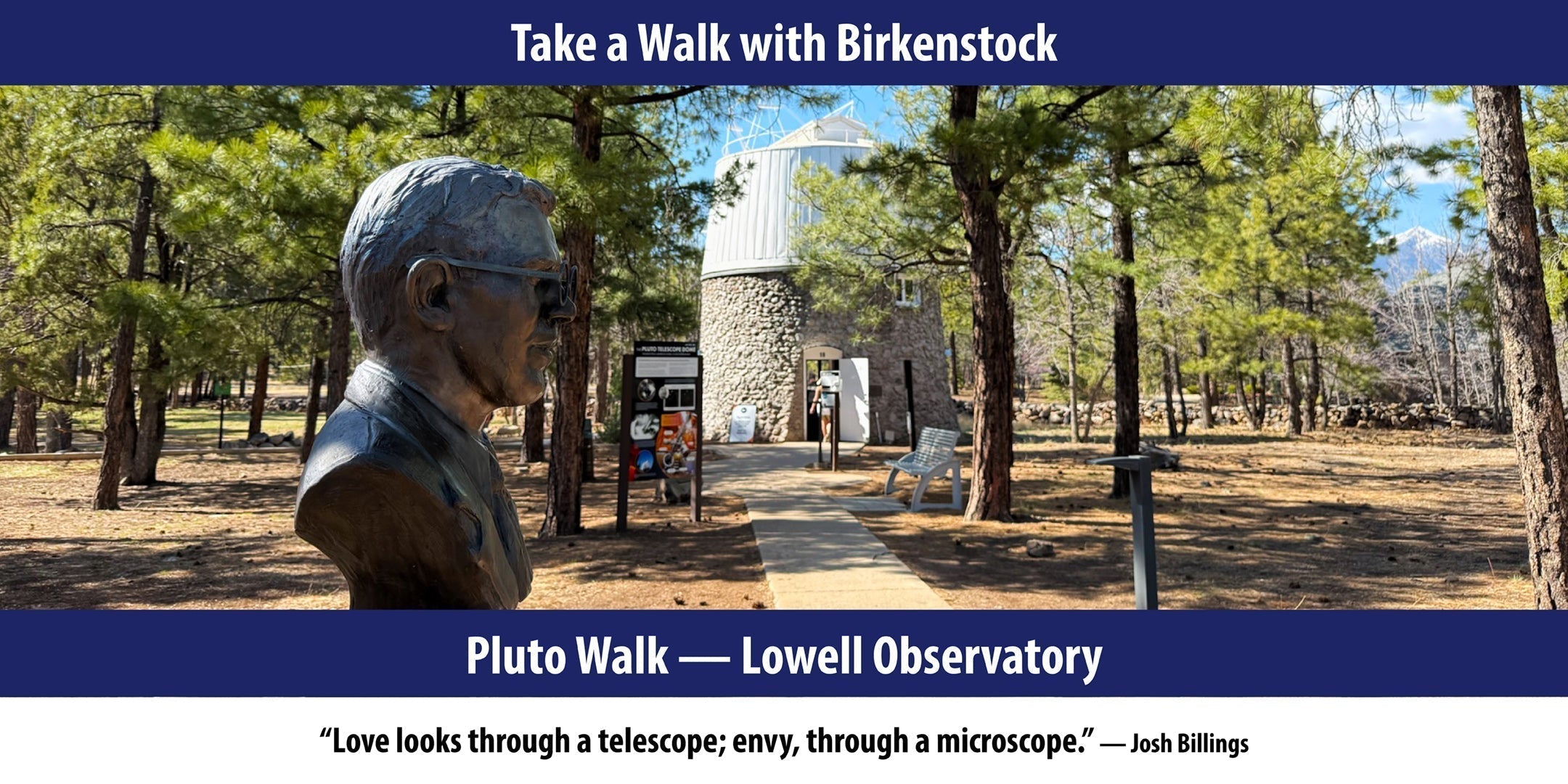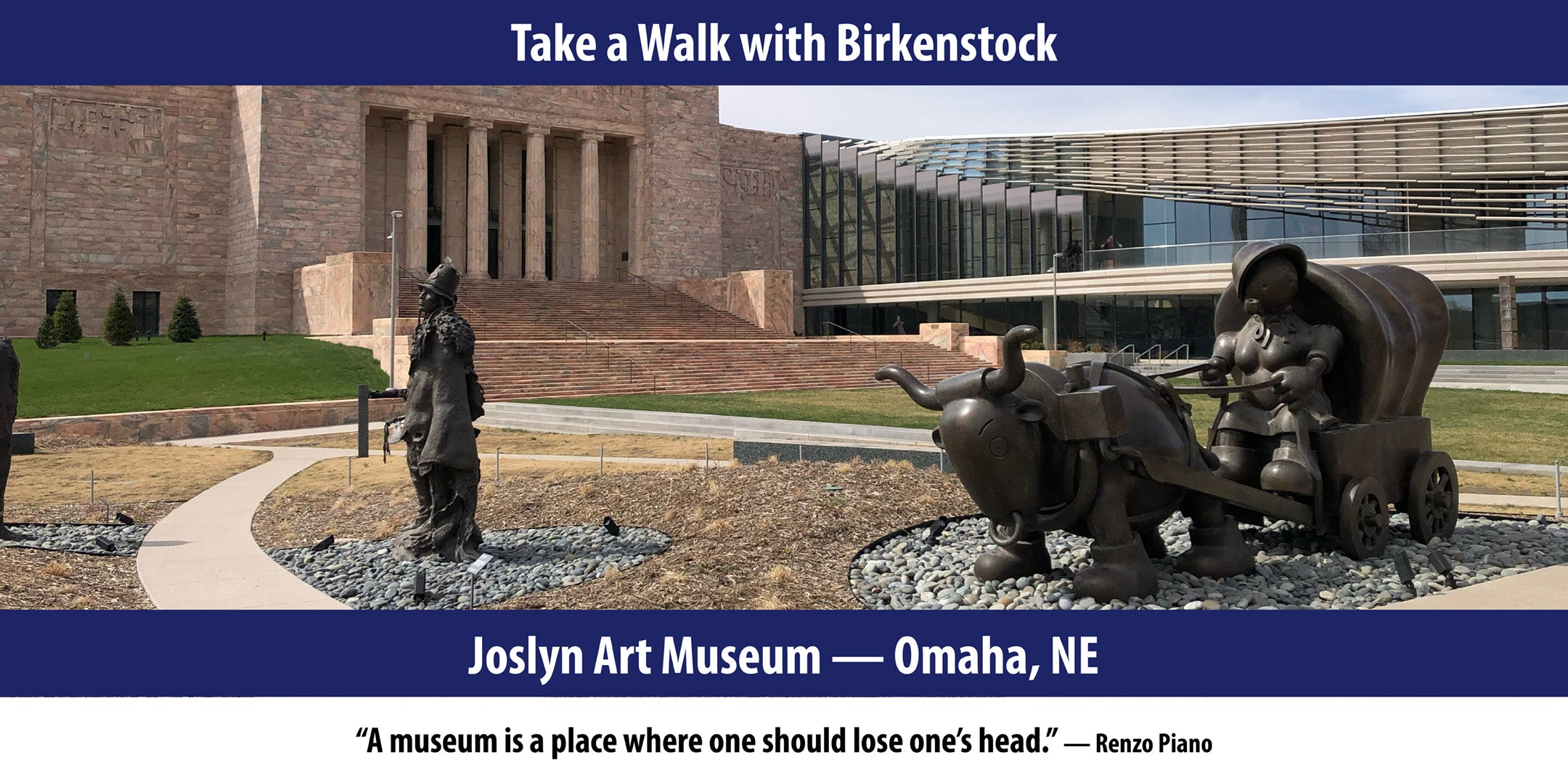I have had the great pleasure of visiting New Zealand three or four times over the decades. At 102,500 square miles, this diverse and beautiful island country is about 20% larger than our state of Kansas with almost double Kansas' population. For every New Zealander there are 4.6 sheep, it is an agricultural country. New Zealand has two main islands with smaller islands spread out along a roughly north/south axis, which is about the distance from Minneapolis to Dallas. You can experience just about every type of micro-environment or geological feature the world has to offer, within its borders. A brief list includes: black sand beaches, white sand beaches, rolling wheatfields, vineyards, big cities, charming villages, fjords, glaciers, alpine mountains, forests of giant Kauri trees (which are as impressive as giant redwood trees), volcanos, and thermal features that rival Yellowstone. I was able to visit all those features by bicycle on my first trip.



Footprints began as a bicycle store. It was a very seasonal business. Winters in Kansas were cold with few bicycle shoppers. It was an opportunity for me to travel in the off-season. I packed up my Motobecane bicycle, a French-made bike that we sold, and shipped it to New Zealand as part of my plane ticket. I unpacked my bike and rebuilt it at the Auckland Airport and pedaled away to the northernmost tip of the North Island. I carried a tent and sleeping bag. I slept on the ground and ate a lot of peanut butter and jelly sandwiches. The physical discomfort was considerable, but it paled against the magnificence of the scenery and my ability to meet and talk with New Zealanders.



With a history degree, and several economics and business classes, I learned the Smoot-Halley Tariff Act of 1930 was a disaster, but so were most other tariffs. After bicycling over a thousand miles on both of New Zealand's North and South Islands, I wound up in the charming city of Christchurch. I needed to sell my bicycle before I returned to the States. At that time, the government of New Zealand was protecting their local industries from foreign competition with high tariffs. In reality this well-meaning idea meant that locally made products were not well-made and priced too high. Consumers in New Zealand had little choice. When I sold my used bike with thousands of miles on it, I was able to sell it for several hundred dollars more than I could have sold it for new in the United States. Since I traveled so cheaply, that profit paid for a good chunk of my trip.


So that got me thinking. What if I were to organize a tour group of people wanting to bicycle New Zealand? I would be a tour guide, bike mechanic and bicycle provider. I could make thousands of dollars and have a fabulous trip to this island paradise. However, before I could implement my plan the citizens of New Zealand revolted. They voted out the government who had imposed the steep tariffs. Consumers had borne the cost of tariffs. They did not like the tariffs. My French-made bicycles would now be hard to sell, especially in used condition. So, my idea was kaput.


On subsequent trips to New Zealand, I noted a few more cause and effect relationships. On my first trip, the government also heavily subsidized their agriculture. Milk was the national drink. In the campgrounds that I stayed at, one could sign up to have a "quart" glass bottle of cold milk delivered to your tent site for your morning breakfast. On my next trip, inexpensive milk hand-delivered to your tent site was a thing of the past. With subsidies gone and tariffs lifted, consumers had nearly unlimited choices of consumer goods and competitive prices. Another item of note on my first bike trip, the land along the NZ roadside was pristine - no litter. By the time of my second bike trip a few years later, the roads were still clean by U.S. standards, but no longer pristine. Disposable soda cans and cartons littered the roadside -- one of the side effects of mass consumption.

Currently a Birkenstock Arizona in habana oiled leather with the Classic footbed sells for $280 in New Zealand dollars. That is the equivalent of $168 USD or $33 more than current US prices due to tariffs and transportation costs. We are frequently asked about how tariffs will affect our business. We do not know. It is too chaotic to plan for.
Take a walk with Birkenstock while the cost is still relatively low, especially with our sale items.


